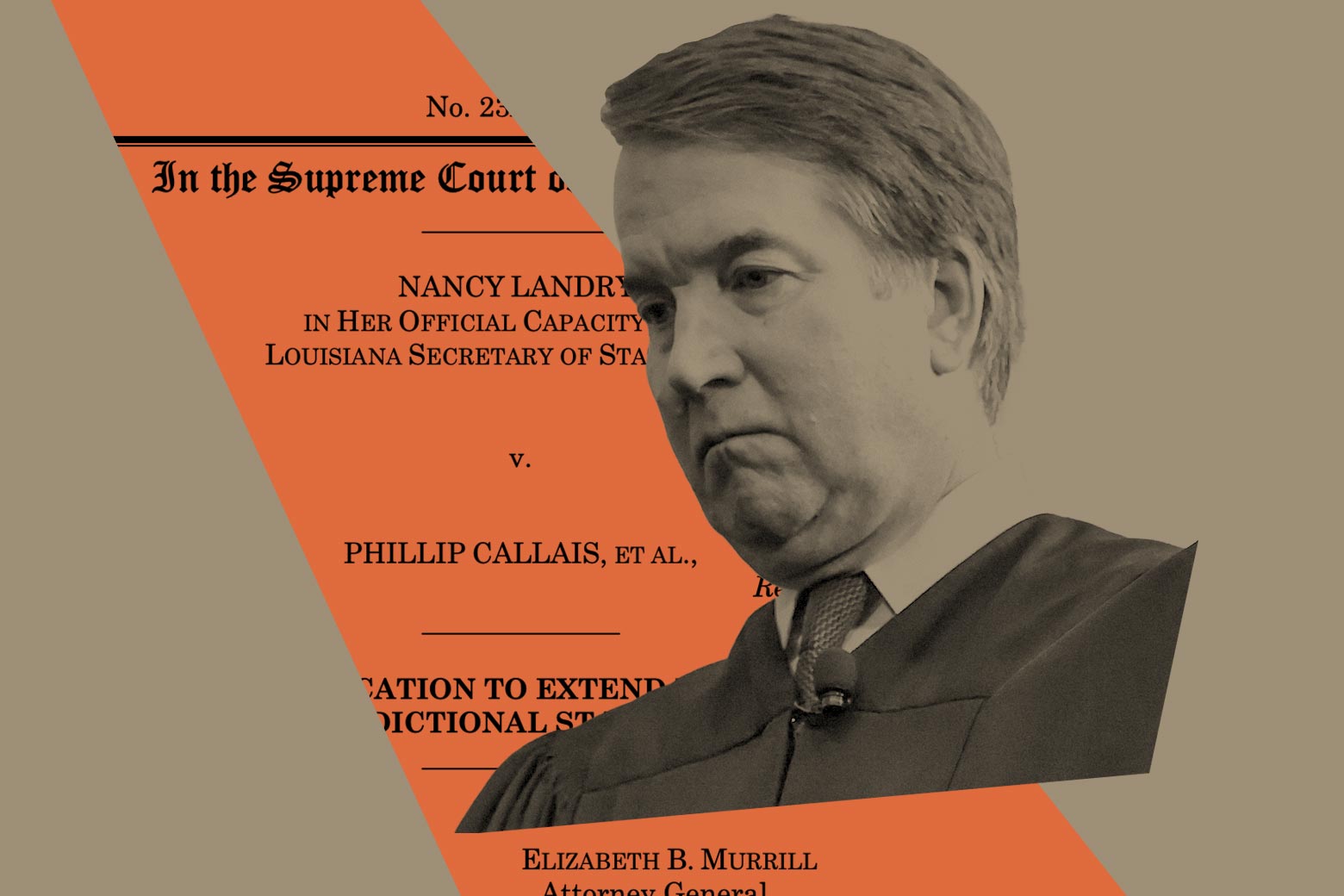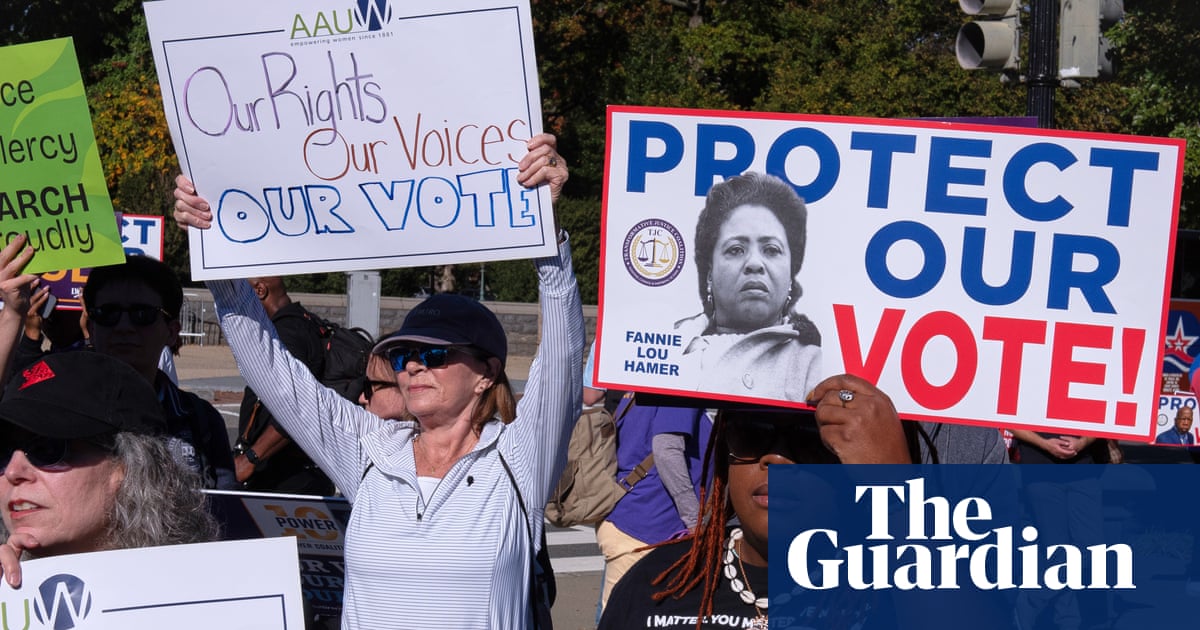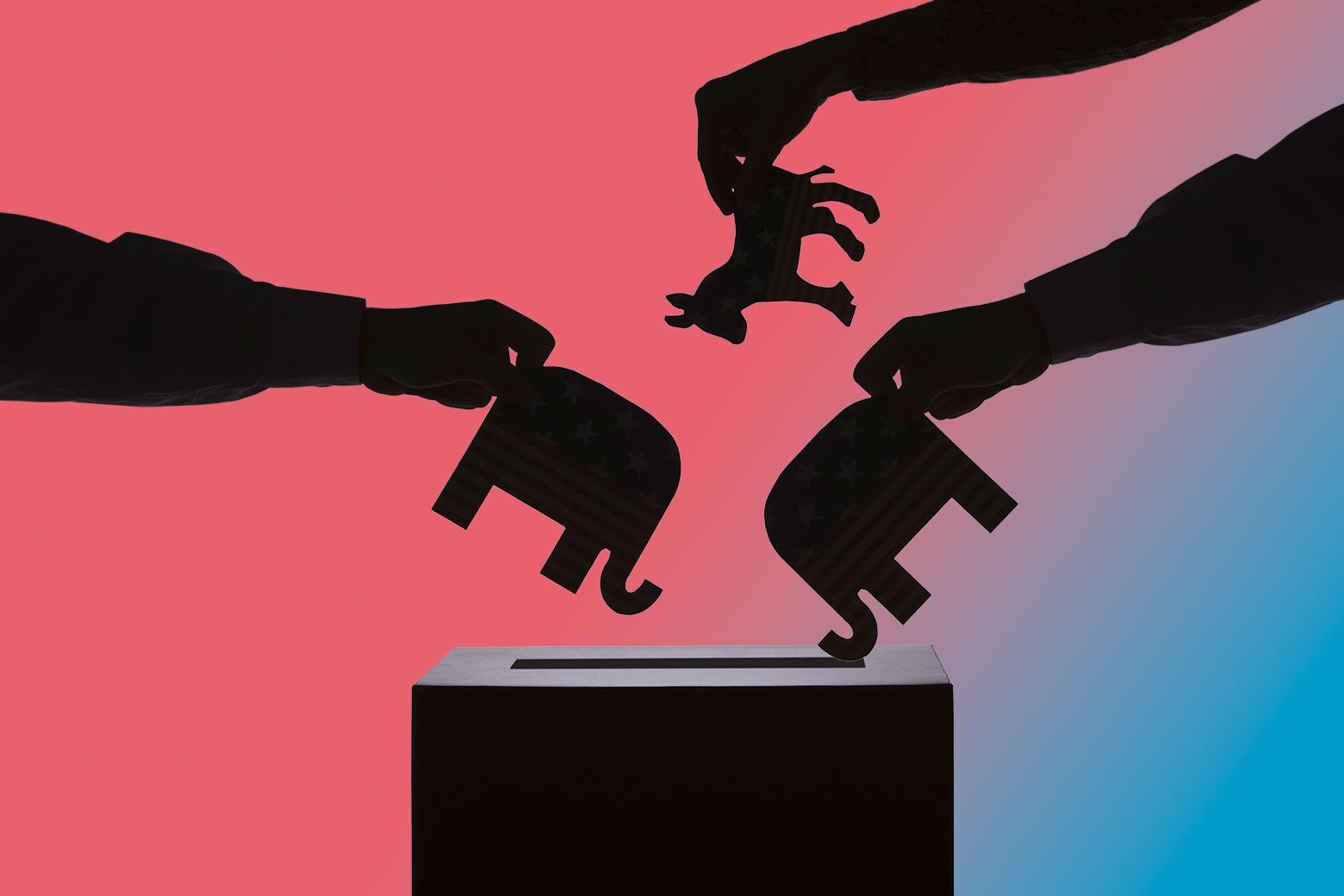fromTruthout
2 weeks agoTrump Militarized Cities in ICE Crackdowns. Is Militarizing the Ballot Box Next?
the White House released the text of a sprawling executive order allegedly designed to ensure the integrity of U.S. elections. It demanded that states share their voter rolls with federal officials; mandated onerous proof-of-citizenship rules for people registering to vote (rules which didn't include drivers' licenses as valid forms of ID for this purpose); threatened local and state officials who didn't cooperate with this power grab with legal sanctions; and ostensibly outlawed the counting of any mail-in ballots received after Election Day.
US politics












